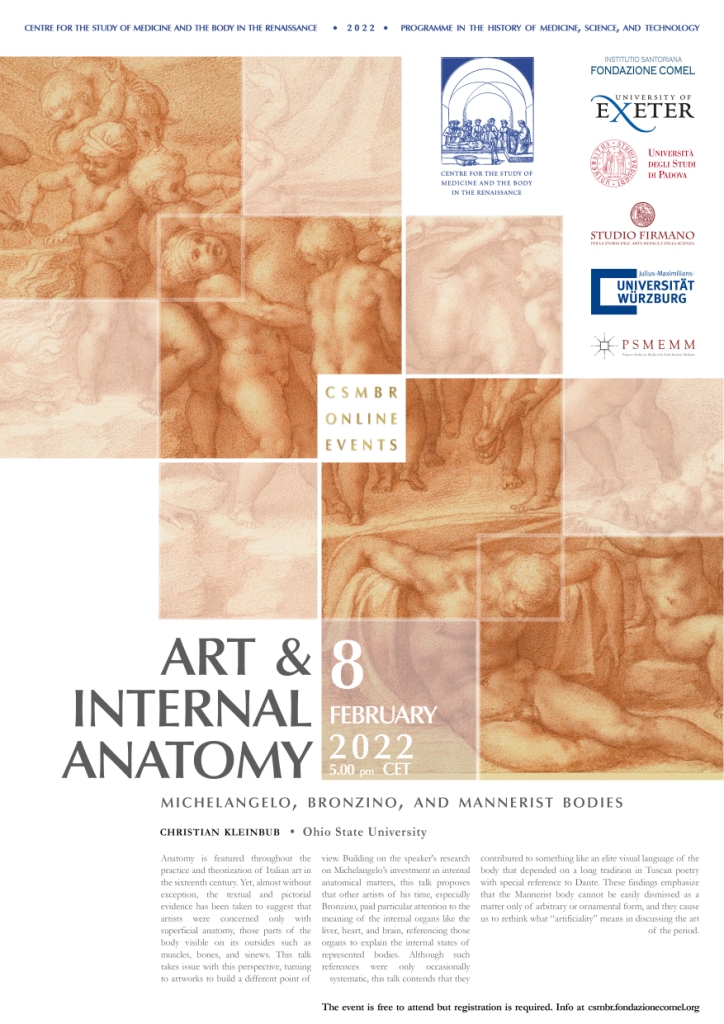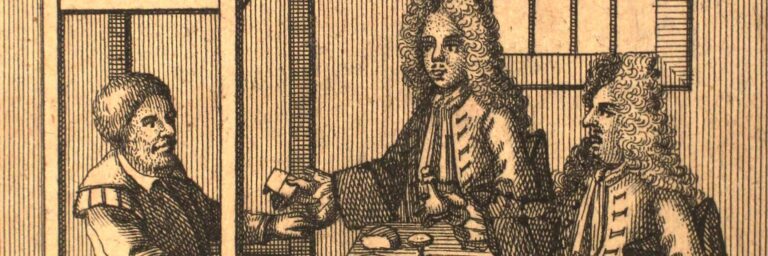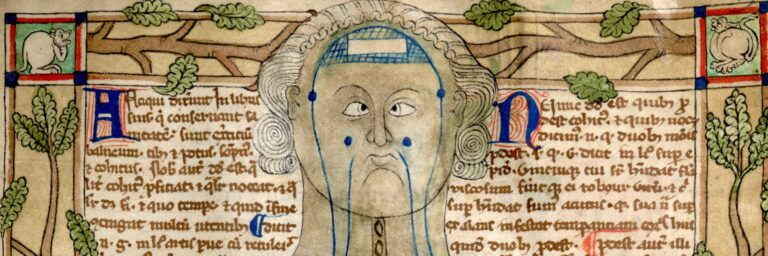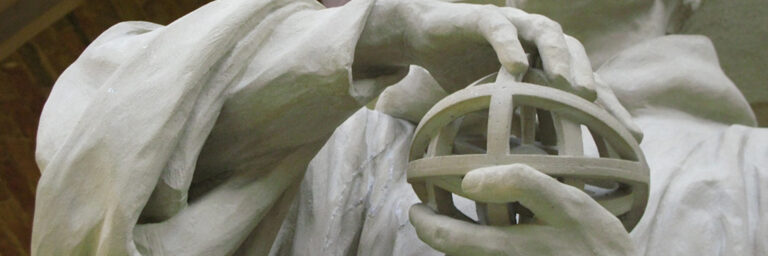Art and Internal Anatomy
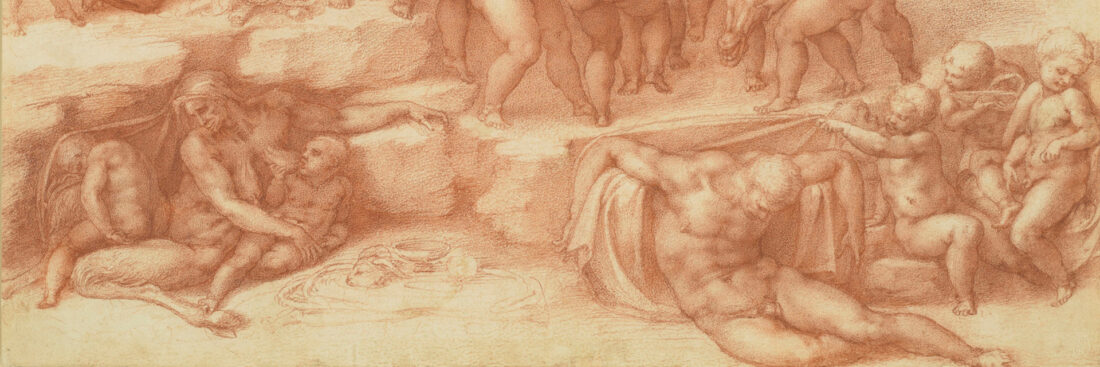

Art and Internal Anatomy
Michelangelo, Bronzino and Mannerist Bodies
Christian Kleinbub
8 February 2022 – 5 PM (CET)
These findings emphasize that the Mannerist body cannot be easily dismissed as a matter only of arbitrary or ornamental form, and they cause us to rethink what “artificiality” means in discussing the art of the period.
About the Speaker ...
Christian Kleinbub studies the arts of the Italian Renaissance with particular focus on issues of image theory, naturalism, the body, and period conceptions of vision and the visionary.
His first book, Vision and the Visionary in Raphael (winner of the 2013 Gustave O. Arlt Award in the Humanities from the Council of Graduate Schools) considers the important ways in which an influential Renaissance artist attempted the reconciliation of contemporary imperatives of painting and the traditional functions of sacred images. His second book, Michelangelo’s Inner Anatomies, explores the poetic, philosophical, and scientific dimensions of the artist’s understanding of the internal organs, a crucial but neglected aspect of his work. Other publications on this subject and others, have appeared in edited volumes and leading specialist journals such as The Art Bulletin, Renaissance Quarterly, Word and Image, and The Burlington Magazine.



